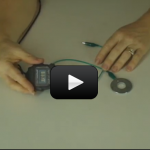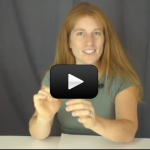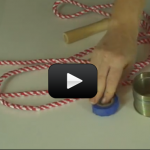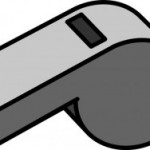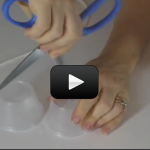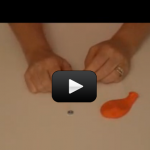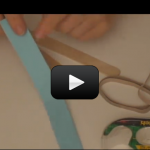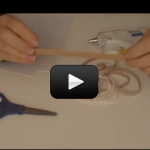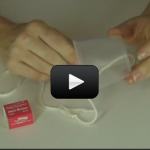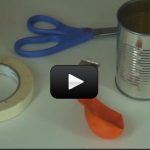Getting Started with First grade Physics
Sound is a fascinating form of energy. As you sit there reading this, there is energy flowing all around you in the form of light waves, sound waves, radio waves, heat and more. You are constantly being bombarded by energy.Energy is everywhere, all the time.Moving by waves at amazing speeds, sound energy brings you knowledge about the world around you. Does a tree make a sound if it falls without anyone there to hear it? This section will answer that question and many others.
Sound is a form of energy. Energy is the ability to move something over a distance against a force. But what does that mean?
Molecules are vibrating back and forth at fairly high rates of speed, creating waves. Energy moves from place to place by waves. Sound energy moves by longitudinal waves (the waves that are like a slinky). The molecules vibrate back and forth, crashing into the molecules next to them, causing them to vibrate, and so on and so forth. All sounds come from vibrations.
Here are the scientific concepts:
- Energy moves by waves.
- All waves begin as vibrating particles
- The particles vibrate back and forth. They do not move along the wave.
- Waves are the way energy moves from place to place. Waves are energy-mobiles.
- Particles in a wave are moving a distance against a force. They are having work done on them and they can do work.
- A transverse wave is a wave where the particle moves perpendicular to the medium.
- A longitudinal wave is where the particle moves parallel to the medium.
- Amplitude is the height of the wave.
- Ears can detect sound waves. Our brain interprets them.
- Since we have two ears we are very good at determining the direction of a sound.
- Our ears are also very good at telling the difference between sound frequencies.
- Sound is made by vibrating objects and can be described by its pitch and volume.
By the end of the labs in this unit, students will be able to:
- Design an experiment that shows that vibrating materials make sound, and sound can make objects vibrate.
- Use tools and materials to design and build an experiment that uses sound to communicate over a distance.
- Differentiate observation from inference (interpretation) and know scientists’ explanations come partly from what they observe and partly from how they interpret their observations.
- Measure and estimate the weight, length and volume of objects.
- Follow a set of written instructions for a scientific investigation.


